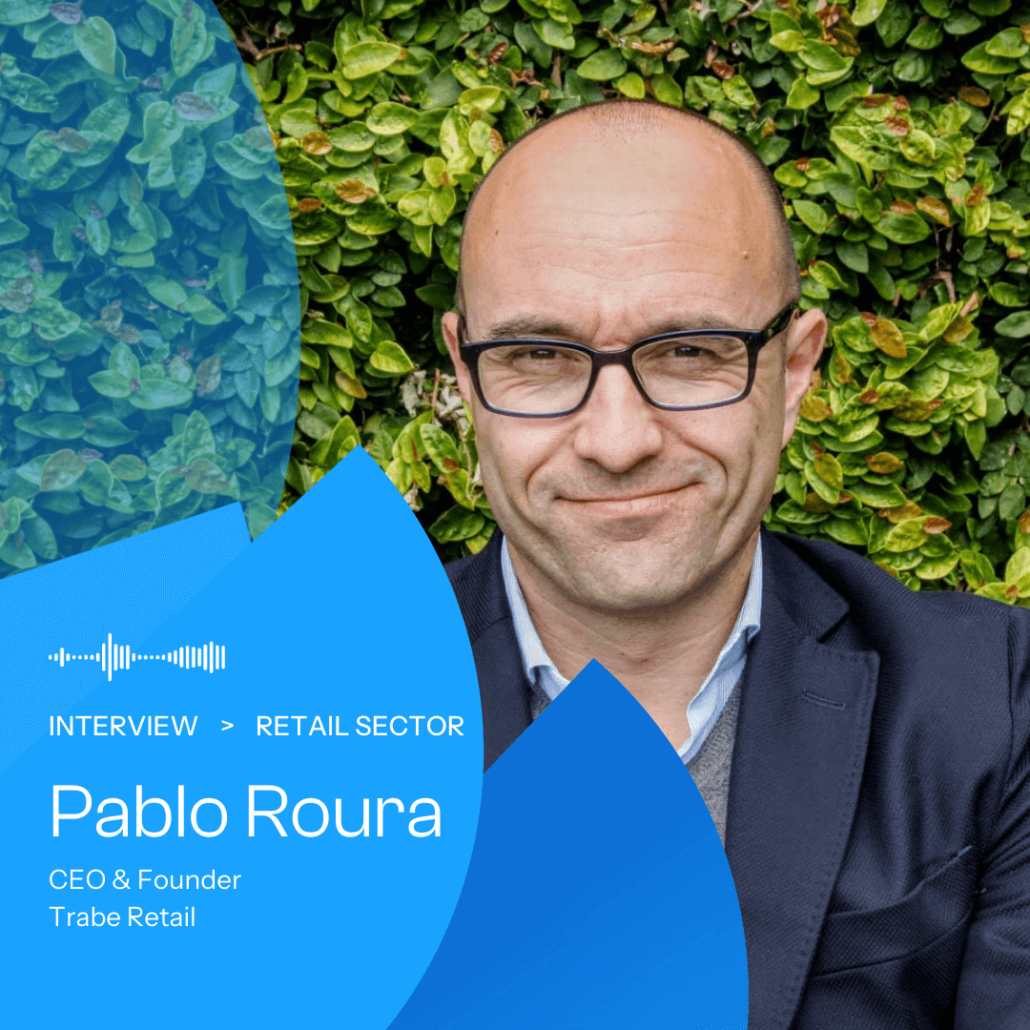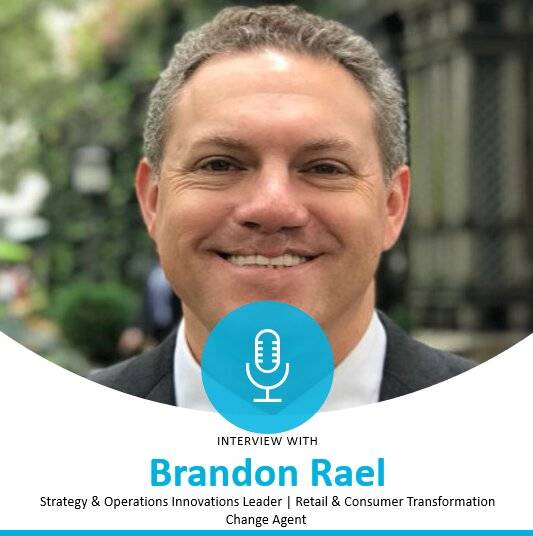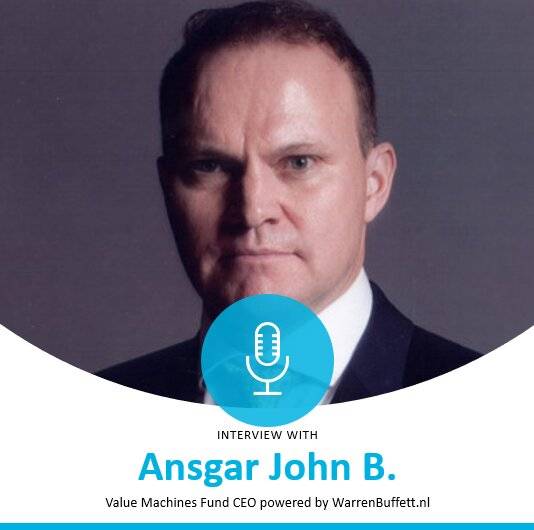In the bustling world of retail, where innovation meets consumer demand, the role of property and expansion management plays a pivotal role in driving growth and success. Today, we have the pleasure of sitting down with Pablo Roura, CEO & Founder at Trabe Retail, a spanish company that helps retail companies to move ahead faster & better in the changing and complex retail scenario.
With his extensive experience and expertise in property management and expansion strategies, Pablo offers valuable insights into the intricacies of the retail industry and the dynamic landscape of retail expansion. As an expert in navigating the complexities of retail expansion, Pablo understands the importance of complementing the online experience with strategic brick-and-mortar locations.
Retail Interview – Offline stores complement the online experience
We start by assessing the current context of the retail sector. Will offline disappear?
Offline commerce will not disappear; rather, it is evolving to complement the online experience. The coexistence between physical and digital stores is crucial. Physical stores are adopting more experimental and exhibition roles, where brand experience and customer service become key differentiators. Circularity and energy saving are also reshaping physical retail, with more sustainable stores focused on reducing their carbon footprint.
What are its defects and virtues in front of online retail?
Physical stores offer immediate sensory experiences and the gratification of instant purchase, but often have limitations in terms of inventory and accessibility. In contrast, online commerce offers convenience, a wider range of products, and personalization through data. However, it lacks the tactile and personal experience that physical stores can offer. Importantly, there are still many customers who prefer the experience of seeing, touching, and trying on garments or products before making a purchase, highlighting the unique value of physical stores. Both channels have the potential to complement each other, creating a cohesive omnichannel experience for the consumer.
What is the biggest problem or weakness that retail has to face?
Retail faces multiple challenges, but one of the most significant currently is adapting to changing consumer expectations, who demand more personalized, sustainable, and technologically integrated shopping experiences. Additionally, the high cost of the last mile, associated with online order delivery, and the need to optimize returns are critical logistical challenges that affect both profit margins and the customer experience.
Another major challenge is the ability to quickly adapt to global uncertainty, including pandemics, geopolitical conflicts, and economic changes. This adaptability is not only crucial for survival but also for sustainable growth in a rapidly changing world. Implementing effective strategies to handle these aspects can determine success or failure in the current competitive retail environment.
In the current context, what role does technology play in retail? Does it help offline stores to complement the online experience?
Technology is fundamental to connecting online and offline experiences, personalizing customer offerings, and improving operational efficiency. Tools such as artificial intelligence, data analytics, and augmented reality can enrich the shopping experience, offering personalized recommendations and virtual product previews. A notable example is the use of AI to optimize inventory management and logistics, which improves the customer experience by ensuring product availability and rapid delivery.
What does it take for a store to work? Is there a magic recipe?
For a store to operate effectively, there is no magic recipe, but there are certainly several fundamental pillars that contribute to success.
Adapting and understanding the target market are crucial, and here is where the correct application of technology plays a key role. Technology not only allows for the personalization of the shopping experience and optimization of operations but also provides valuable insights into consumer preferences and behaviors. In addition, the location of the point of sale, the quality of the product, and having a committed and motivated team are essential. A well-trained team, sharing the values of the brand and focused on providing exceptional shopping experiences, can make a significant difference.
The strategic combination of these components, with a strong focus on technology, establishes a solid foundation for success in retail.
How is customer loyalty achieved? How do you engage your customers?
Customer loyalty is built through consistently positive experiences, personalization, and a commitment to sustainability and what matters to the customer. With the number of competitors in the market, earning and maintaining a customer’s trust is challenging and easily lost. Offering personalized loyalty programs, exceptional after-sales services, and genuinely engaging in ethical and sustainable business practices are key to building loyalty with customers today.
How do you see the future of retail?
I am very positive about the future of retail, being omnichannel, personalized, and more sustainable. The seamless integration between online and offline channels, advanced use of technology to personalize the shopping experience, and a strong commitment to sustainability will be fundamental. Additionally, we anticipate a greater inclusion of circular practices, from production to point of sale, redefining what it means to be a retailer in the 21st century.
Your physical stores complement the online experience
In conclusion, Pablo Roura’s insights shed light on the evolving landscape of retail expansion and the importance of complement the online experience. As the retail industry continues to adapt to changing consumer behaviors, his expertise offers valuable guidance for navigating this dynamic environment. With a focus on innovation and seamless omnichannel strategies, businesses can thrive and stay ahead in the competitive retail market.
Rely on Flame’s cutting-edge technologies designed for the retail sector
Explore the nuances of your store environment and develop a profound comprehension of customer behavior during their visits. Embrace Flame solutions tailored specifically for retail, allowing you to refine and optimize strategies through precise data analytics. This approach enables you to identify customer needs and preferences comprehensively, empowering you to anticipate emerging trends and patterns proactively. By leveraging this invaluable information, you can enhance your ability to meet customer expectations and stay ahead in the ever-evolving retail landscape.







